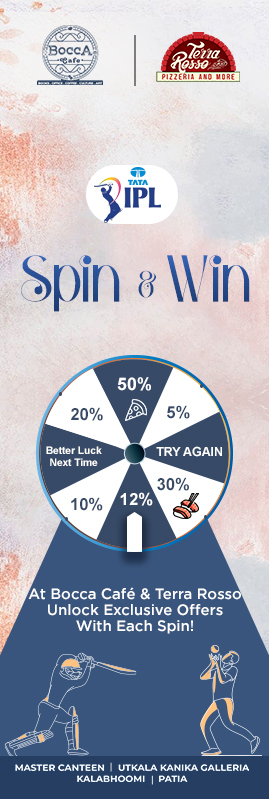The Magic Of Odia Handlooms And Their Eternal Beauty
Handlooms are a cherished treasure for every woman. They are treated as heirlooms and passed on from one generation to another. Handlooms play a significant role in Odia culture. From Lord Jagannath’s delight to a chic teenager’s ecstasy, handlooms are everyone’s favourite. Odisha has many different styles of handlooms and weaves. From the gorgeous Khandua Paata to the elegant Sambalpuri Paata to the beautiful Bomkai Paata, from the simplicity of Kotpad Cotton to the magic of Habaspuri Cotton to the world-famous Pasapali, Odia handlooms have made everyone fall in love with them.
My City Links celebrates this beautiful cultural heritage of Odisha with great pride. Here are some beautiful ladies donning these beautiful weaves with elegance.

Sibanwita Mohanty in a Sambalpuri weave, Research Fellow at NIT
“When it comes to clothes, I am very picky in terms of fabric. I always look for something that is breathable and soothing to the skin. This makes handloom, handwoven cotton and silks my personal favourites. Moreover, the intricate details, handwork and labour put in for each design by our weavers makes it even more special,” Sibanwita Mohanty.

Disha Ranjana in a Sonepur weave, Entrepreneur
“I have grown up watching my mother wear handlooms only. It is part of my being here. Every weaver puts their heart & soul into weaving a piece of art; their “prana” automatically becomes a part of my being. It adds to my grace, beauty & comfort,” Disha Ranjana.

Swayam Prabha Tripathy in a Khandua Paata, Research Analyst
“I love things made with hands. There is a charm to them. Odia handlooms are exquisite. They are supposed to be celebrated. Handlooms have always made me feel good. No matter how much we travel, we always return home. Similarly, no matter how many fabrics or styles I try on, my heart will always beat for handlooms. They have always made me feel good,” Swayam Prabha Tripathy.

Lucy Parija in a Khandua Paata, Home Chef and Food Blogger
“Handlooms are something I always love to wear. It represents one’s culture. Just like any other art form, handlooms should always be given preference when it comes to the identity of a place or culture. It’s an absolute pleasure to wear a handloom because that’s not just a cloth, rather a piece of art,” Lucy Parija.

Subhra Mohanty in a Sambalpuri Paata, Architect
“Handloom is the only form of art that we can wear. For me, handlooms are quite special and I love this form of art. The weavers put in months of effort to create a single piece of handloom. The skills involved and the details in the work make it worth buying it. Also, handlooms are ageless beauties,” Subhra Mohanty.

Bibha Jena in a Bomkai Paata, Associate Manager
“When you choose a handcrafted product, you save the traditional art from dying. Handlooms boost our cultural equity. They hold love towards our motherland and it’s the easiest way to show your pride,” Bibha Jena.

Sikata Sitiratna in a Banarasi bandhani weave, Advocate
“Handloom sarees are not your regular attire. They are emotions that need to be felt and the legacies they carry must be respected. Every corner of India has a unique handloom to offer. The master craftsmanship that the talented and humble artisans have to offer is weaved into the intricate details on the fabric. Handlooms are precious to me,” Sikata Sitiratna.

Prisni Rath in a Sambalpuri Cotton saree with Bomkai border, Bioinformatics Scientist
“Handloom weaves, particularly the ones from Odisha are really elegant. When I was a kid, my parents took me to a weavers’ colony in Berhampur. My mother ordered some Berhampuri Silk sarees. She looked so pretty and promised me that she would give me one when I grew up. There is a certain charm and strong appeal of these handloom drapes. They enhance your personality. Whenever I wear Odia sarees to work, they attract a lot of attention. I have come across so many women leaders who carry Odia weaves gracefully and I find it fascinating. I believe it’s the hard work of the weavers that adds to the aristocracy of my sarees. I always feel grateful to the weavers for looming such magnificent drapes,” Prisni Rath.
Author: Debi prasad sahu
Debi is an auteur of minimalism and a connoisseur of world movies and music. He loves to go on gastronomic adventures and crack PJs. He writes poetry and is a hippie soul.
Read more from author

